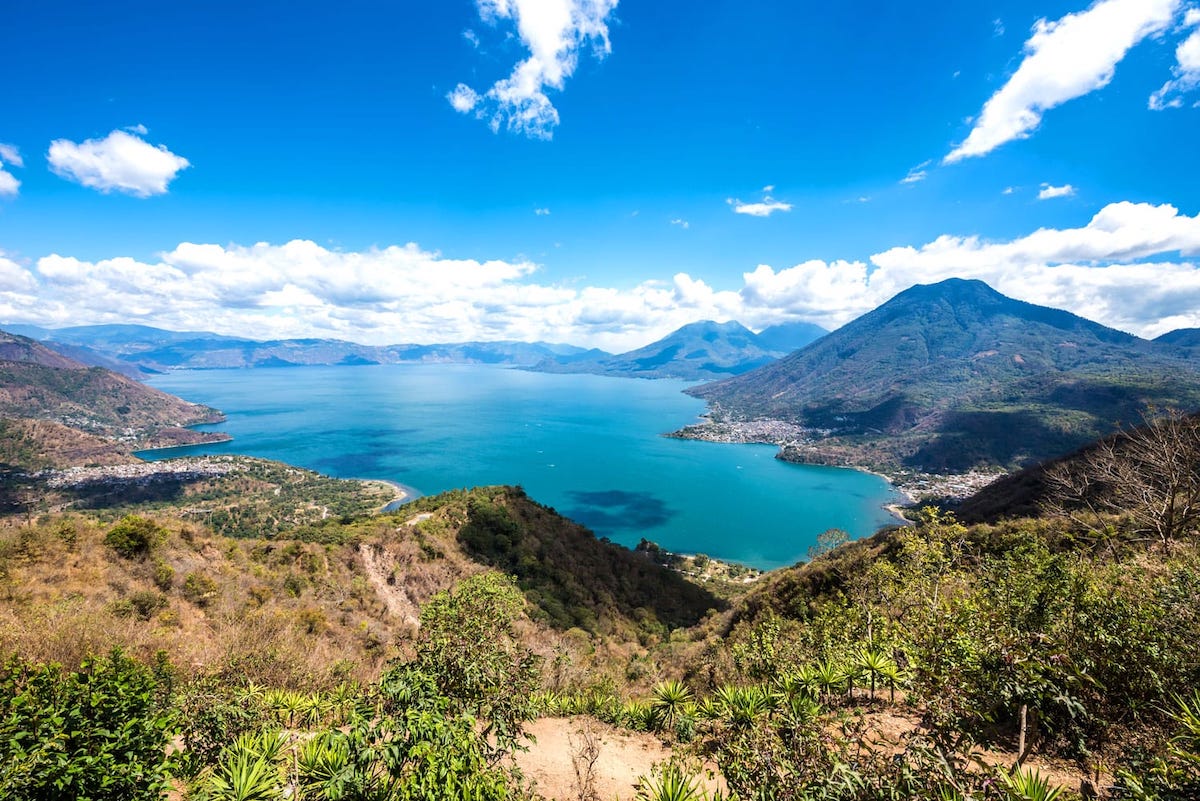Carmen Lodise: Smalltime Instigator
Two Excerpts from the New Memoir

[Update: Jan. 3, 2022, 1 p.m.] The book-signing on January 3 has been cancelled. In advance of the event, Carmen Lodise decided to be tested for COVID, and the result was positive. He says he has no real symptoms, is fully boosted, but must quarantine for five days.
[Original Story]
Longtime Isla Vista agitator Carmen Lodise has written a memoir — Carmelo: The Adventures of a Smalltime Instigator — on the heels of the second edition of his Isla Vista: A Citizen’s History, which was reissued in 2019. In advance of a signing for the new book — which covers family, traveling, substances, and politics with Lodise’s always perceptive eye and frank clarity — he chose a couple of passages from the autobiography to share. The event takes place Monday, January 3 at 5 p.m. at Chaucer’s Books, Loreto Plaza, 3321 State Street.
The Long Trip
I think it was 1982 that I resigned my job at the Community Action Commission, my friend Helga took a three-month leave of absence, and we set off on a long trip through Mexico, getting as far as Guatemala. We spent a week-or-more in several towns: Puerto Vallarta, Barra de Navidad, San Miguel de Allende, Oaxaca and Panajachel, Guatemala on Lake Atitlan.
The trip was a wonderful experience but it turned scary in Panajachel.
At the time, Guatemala was in the midst of a bloody civil war. Shortly after we arrived, the army had invaded a lakeside village that was suspected of harboring civil war sympathizers, murdering some 200 peasants.
In response, the rebels invaded Solola, the provincial capital, killing the 12-person police force and robbing the bank. They had blocked the three roads entering Solola, including the one from Panajachel, stopping the evening bus in each case, overturning them in the road and setting them on fire. During the stops, they robbed all the foreigners on the buses and gave the locals a lecture about the revolution.
In a couple days, non-uniformed teenagers sporting machine guns arrived in corporate trucks and held down the street corners in Panajachel for over a week.
We were locked in because the border back to Mexico was closed. To ease the tension, we played a lot of ping-pong and drank a lot of beer. We eventually headed slowly back to the States.
The army put down the rebellion under General Rios Montt, who later was convicted of genocide and crimes against humanity.
Sign up for Indy Today to receive fresh news from Independent.com, in your inbox, every morning.
CETA
One of the most interesting chapters of Isla Vista’s community development occurred in the late 1970s with the federal Comprehensive Employment & Training Act (CETA).

I learned of CETA in 1975 from a friend at Santa Barbara city hall, Dave Mora. This federal jobs program was initially intended to attack national unemployment in excess of 4%.
A close reading of the regulations said I.V. should receive six positions. The County staff wasn’t going to use any until I bugged them but then designated them all for police trainees. Using the cred I was building with the County supervisors, a compromise was reached using two slots for police-trainees and four for Isla Vista’s priorities established in a public hearing I called in town: two dogcatcher trainees and two slots for non-profits.
Under President Jimmy Carter, CETA was greatly expanded and some 25 positions became available for working at government organizations or nonprofits in I.V. I was able to get one of those slots as the Isla Vista Community Council’s economic development coordinator and brought dozens more CETA jobs to town.
I was soon appointed to the County’s 15-member CETA planning council by Supervisor Bill Wallace, and became its chair in 1979. . . .
It should be known that I was only one of 15 voters on the CETA Planning Council, so I wasn’t able to bias anything in my favor. And while I was able to bring nearly 100 CETA jobs to Isla Vista over several years, I never sat on any hiring panels.
While working for the IVCC, I was able to snatch $50,000 from another federal pot of money distributed locally by the County board of supervisors. The I.V. Medical Clinic used this as a down-payment to buy the building known as the Isla Vista Community Services Center at the time.
Support the Santa Barbara Independent through a long-term or a single contribution.




You must be logged in to post a comment.